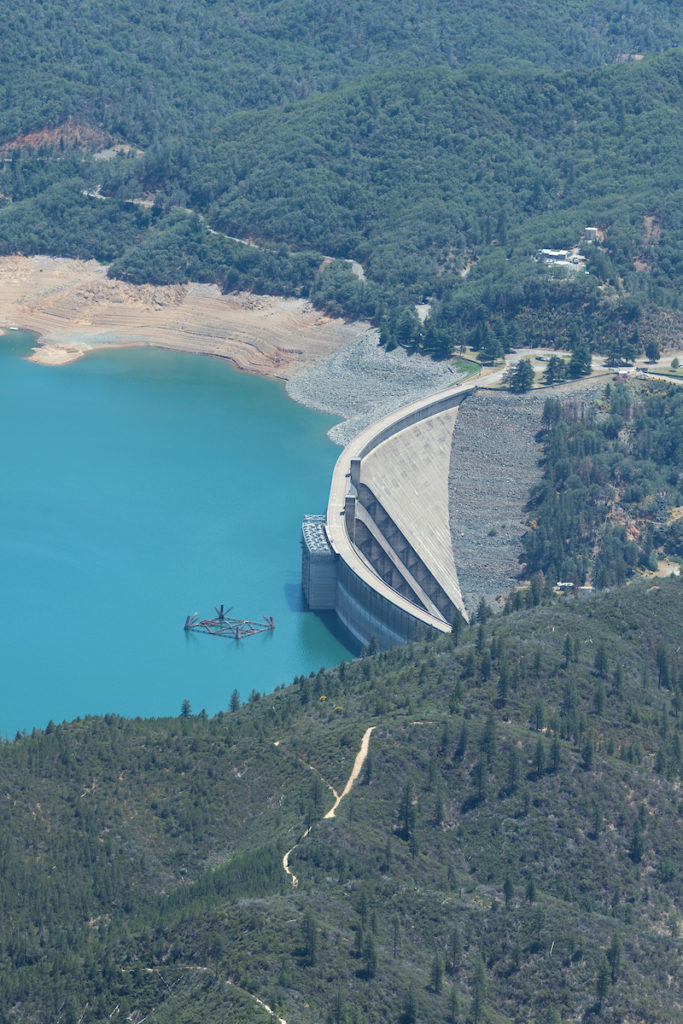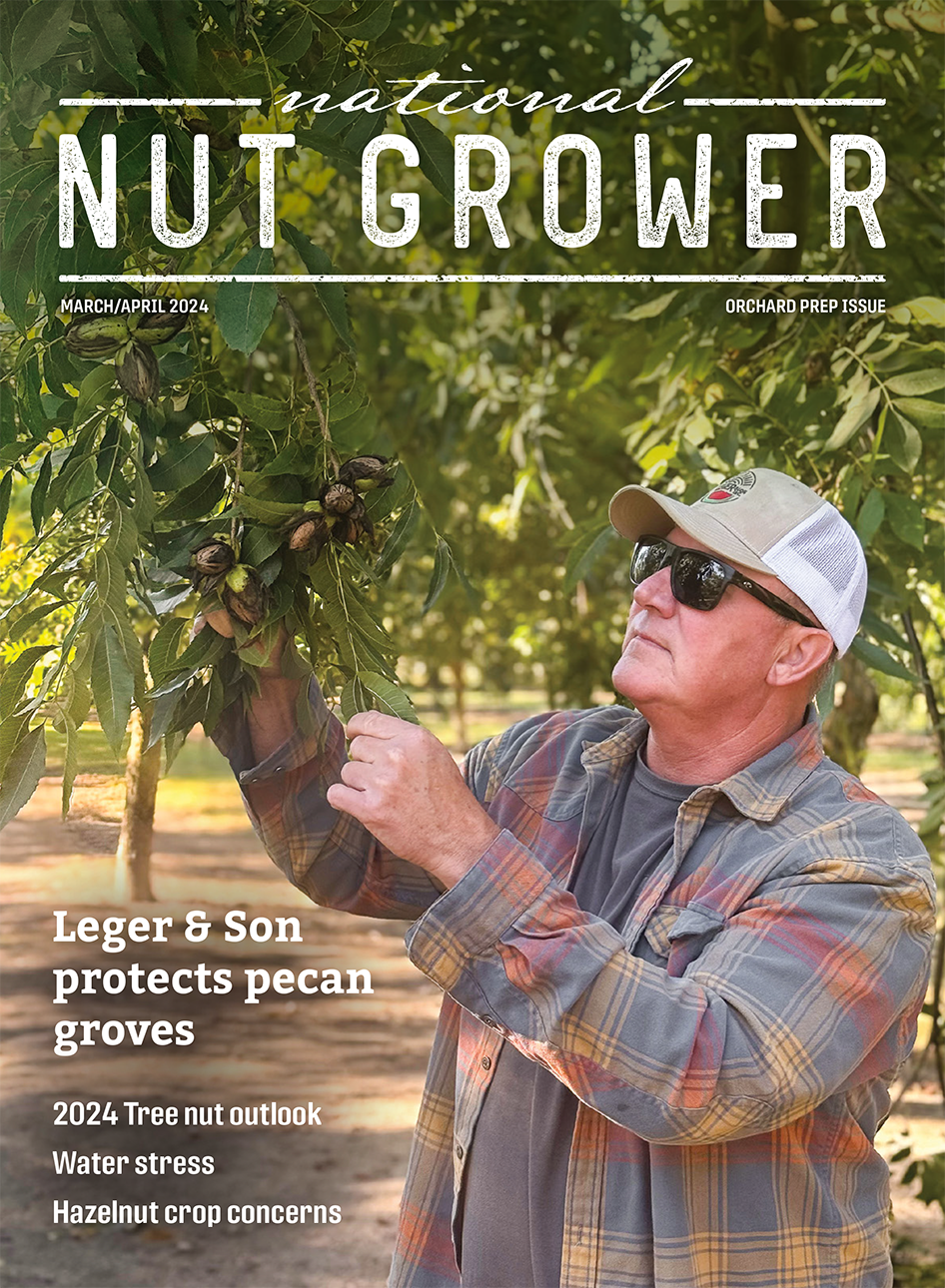
Jun 15, 2022Drought picture grows more bleak for California agriculture
As California toils through a third consecutive drought year, many Sacramento Valley farmers, well known for supporting waterfowl that stop along the Pacific Flyway, are being left high and dry.
The farmers are facing water supply challenges that are worse this season than in previous dry years.
“This drought is hitting Northern California really hard and in some unprecedented ways,” said Ellen Hanak, director of water policy for the Public Policy Institute of California, speaking last week on drought at a meeting of the California State Board of Food and Agriculture. “That is significant for Northern California, obviously, because entire irrigation districts are just not planting rice and entire communities on the west side of the Sacramento Valley are going to be hit hard.”
Drought conditions are different this year due to particular impacts in the North State. Hanak said Northern California “is the wetter part of the state and is the reservoir for supplies to a lot of other parts of the state.”
“Unlike in previous years when Sacramento Valley farmers have been able to make water available through transfer markets,” she said, “I don’t think we’re going to see a whole lot of that this year.”
U.S. Bureau of Reclamation, which oversees the federal Central Valley Project, announced this spring that no water would be delivered to agricultural water contractors north and south of the delta. The agency announced that it would only supply water to meet health and safety needs.
Tim Johnson, president and CEO of the California Rice Commission, said rice growers are facing profound challenges.
“This is by far the most significant impact on our industry in my (27-year) tenure,” he said.
Sacramento Valley rice growers are expected to grow 250,000 acres of the crop this year, Johnson said. That represents half of the 500,000 acres that are typically grown. The last time rice growers produced such an amount was 1956.
Johnson pointed to an economic impact report by Dan Sumner, an agricultural economist at the University of California, Davis.
“Lost jobs this year, due to a reduction in planting of crops in the Sacramento Valley, is estimated to be 14,300 and $1.3 billion in lost economic value,” he said, adding that the rice sector accounts for one-third of these losses.
“Farmers who have crop insurance will be OK and get through the drought, but what will not be OK is our communities and employees,” Johnson said. “They don’t have crop insurance.”
Colusa County Agricultural Commissioner Anastacia Allen said “seeing what is going on firsthand in the county” this year “has been devastating.” The county has gone from an annual average of 150,000 acres of rice to barely more than 7,000 acres this year, she said.
The Sacramento Valley is one of the state’s growing regions for processing tomatoes. The food and agriculture board heard from Yolo County farmer Frank Muller, who said the California Tomato Growers Association expects the season’s processing tomato crop for the state to be lower than the 11.7 million tons projected by the U.S. Department of Agriculture National Agricultural Statistics Service.
“The underlying factor here is that we are not going to be able to produce enough tomatoes in California,” Muller said, adding that California produces 96% of the U.S. tomato supply and roughly 32% of the world’s tomato supplies. “We’re eating into our inventories, and our inventory levels should drop lower than the sector’s historic lows, so that is a concern.”
Muller said he is not as affected as others on water supplies this year. He said he achieved a 40% reduction in his documented water use by switching to drip irrigation.
“Growers have made a tremendous investment in drip irrigation and irrigation technology, and that’s really helped our industry,” Muller said. “I think most farmers prioritize: Where is the biggest bang for your buck per drop of water? You grow crops that are going to give you the highest returns, and tomatoes are right up there.”
During the meeting, many participants mentioned a pressing need to prepare for future years by increasing the state’s water storage capacity.
“We need to accelerate action on water infrastructure and be innovative in supporting the vital long-term role that agricultural lands have in this state’s future,” said California State Board of Food and Agriculture President Don Cameron, who farms in Fresno County.
California Water Commission Executive Officer Joe Yun discussed the seven water storage projects that qualified for funding of public benefits through Proposition 1 of 2014, Water Storage Investment Program. The projects, which have the potential to add 2.77 million acre-feet of new storage capacity above and below ground, are progressing and meeting deadlines with final award hearings for projects expected in the next few years, he said.
Related to state investments in water and drought relief, Nancy Vogel, deputy secretary for water at the California Natural Resources Agency, said Gov. Gavin Newsom and the state legislature last summer enacted a three-year, $5.2 billion package.
Vogel said the California Department of Water Resources has also distributed hundreds of millions of dollars to small communities and urban water districts for projects to help with water efficiency.
– Christine Souza, California Farm Bureau Federation
Aerial view of dam and portion of Lake Shasta on May 24, 2022. The lake is at 40% of total capacity, at 1,820,933 acre feet. Photo: Andrew Innerarity, California Department of Water Resources







